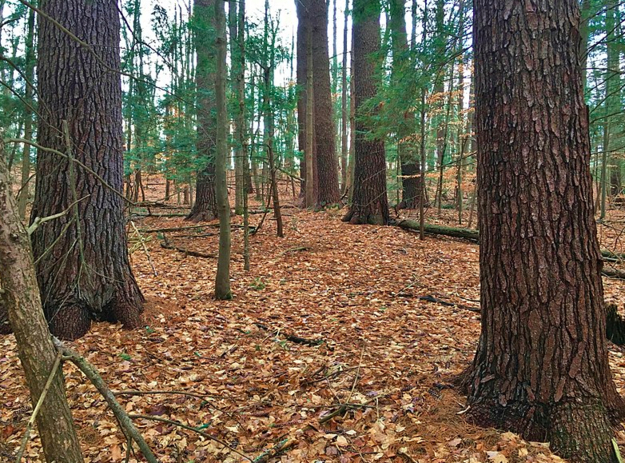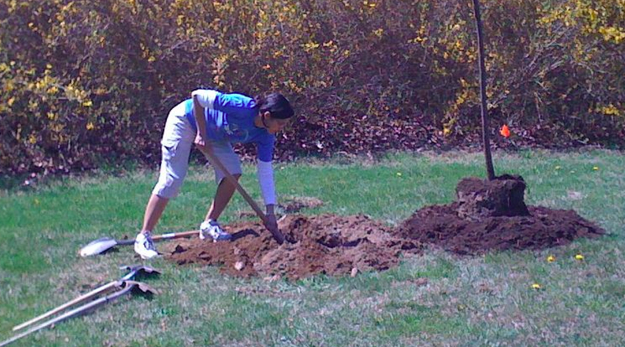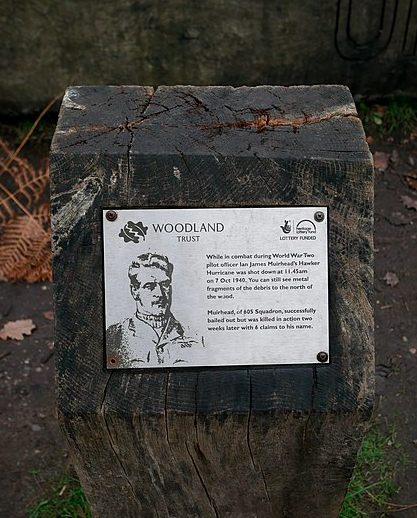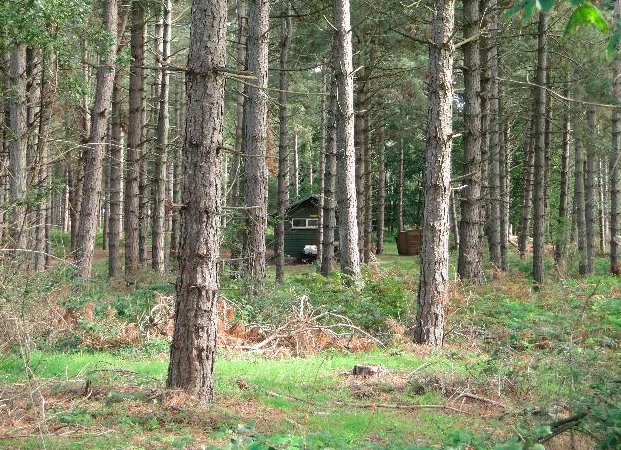foResting spaces
In The Netherlands, as elsewhere, there is a clash between the human desire to create permanent memorials and resting places for the dead versus the shortage - and expense - of remaining land and resources.
According to the World Population Clock, two people die every second, amounting to approximately 170,775 deaths per day. Though not all of these will be given a lavish funeral, costs incurred by their families could range from approximately €100 Euro in India to €5,500+ in the Netherlands and a whopping €25,000+ in Japan (figures from 2020 SunLife 'cost of dying' report).
While individuals mourn personal bereavement, we are all painfully aware of pressing global loss. Environmental destruction, deforestation, rising temperatures, drought, and extreme weather increasingly threaten the lives of people, wildlife and the planet itself.
Though many governments and organisations are making inroads on climate control, mitigating measures are not fast or broad-ranging enough. More efforts, and creative solutions are needed. It is against this backdrop that the idea for Forests of Remembrance - or 'foResting spaces' - was hatched.
Respectful respite
Rather than developing new cemetery space, 'renting' funeral plots, erecting monuments, or even planting individual trees in isolation to commemorate a life lost, whole forests could be created, with each tree dedicated to a deceased person.
Optionally, families could pay not only for one Remembrance Tree, but an inscribed plaque which would take the place of a traditional headstone, mounted on the tree trunk. Forests of indigenous trees could be established around the globe, but families may be inspired to contribute to forests in developing nations in particular - where local people would benefit from maintenance jobs, the fruit for local consumption, and the responsible use of sustainable wood (trees will need occasional trimming). Local people would receive forestry training, earn money from walkway creation and become champions of the reforestation of endangered natural environments.
In addition to planting a tree and having the option of placing a plaque, mourners could decide whether the remains of their family member might be buried deep at the root of an established tree, or nutrient-rich cremated remains could be mixed with organic matter and fertilisers to be buried at the base of saplings to nourish growing trees. For same-country forests, natural burial chambers/natural graves could be carved from the earth and marked with an indigenous tree of choice.
The benefit of contributing to an entire forest, rather than - for example - planting an individual tree, is manyfold. The general population could enjoy the recreational benefits of walking or hiking through Remembrance Forests; trees grown in the close proximity of a wood or forest can be protected by forest rangers; and wildlife can thrive in the protected habitat. Globally, the planet would benefit from improved air quality.
Aside from the important environmental benefits, and sustainable investment, Remembrance Forests could be a hub for artists and ceremonialists. Within the forests, strategically placed works of art could add to the attraction of hiking in nature, while workshops and meditation classes could make use of outdoor spaces as venues for respectful leisure activities.
Branching out to expand the project
By partnering with an existing organisation such as Plant N Boom, the bereaved would have the opportunity to visit the tree commemorating their loved one, or to visit that location online via the uniquely identified GPS markers.
Marketing would promote the benefits of forest-growth in areas where deforestation is an issue, or where local people would be able to provide for themselves through the provision of fruit/sustainable forestry, and tourism. Where appropriate, guided forestry walks and tours could provide approved detail into the lives of the people at rest in the forest.
By empowering individuals with the option to grant (or not) the publication of a biography or links to stories of their lives/their interests, those who anticipate death will have a means of passing important messages to next generations. These messages could for example take the form of: 'what I want you to know about me / what lesson I learned in life / what I wish I had done more', etc.) In this way, life lessons can be preserved and passed on, and the forests would become a haven for reflection, for learning, and as a celebration of life.
Appointing trained forest rangers to tend to the trees would create jobs and reliable incomes in rural areas. The Plant N Boom foundation has a particular emphasis on education for children and a secondary purpose in helping adults become financially stable so that they can afford for their children to remain in school rather than work the land.
Spin-off sustainable industries would be an additional benefit. Such activities as wood carving, furniture making and paper-making could create further employment opportunities. Artistic representations, photographic or otherwise could also create a living art space incorporating the trees or within cabins in the Forests.
Back to nature
The acknowledgement of death, and the inevitability of it, is currently often overlooked in western culture. The scramble to appear 'forever young' is creating a distance between ourselves and mortality, while end of life experiences are confined to hospital beds and impersonal settings.
The consequences of 'invisible' death - particularly in the wake of a pandemic which saw the isolation of the sick and the dying - is creating an extreme fear of death and the deepening of a taboo around the subject. This project would create a link between the natural process of dying and regeneration, rekindling and acceptance.
Artists such as German photographer Walter Schels and journalist Beate Lakotta are amongst those who are breaking down these barriers to understanding death, and of fearing it less. The portraits and interviews they made while visiting hospices form the exhibition Life Before Death which provides an insight into the thoughts of dying people. This, and the project here proposed for a 'green' resting place, are examples of how we can understand death so that when it touches our lives - as it invariably will - we can meet it with dignity and preparedness. It is perhaps especially important that children in particular have a healthier relationship with and understanding of grief and loss, and the Forests of Remembrance would serve this by helping them better associate with nature, plant and wildlife, and that they 'see themselves' in life's natural cycle.
Meet the ideator
Angela Kerr is a freelance journalist and editor originally from Belfast, Northern Ireland. Currently based in The Netherlands, she has lived and worked in, among other countries, Colombia, Seychelles, the UK, and Portugal. She's been lucky enough to earn her living purely from the crafting of words for her entire adult life, whether for television, radio, print, or online at such organisations as the BBC, Reuters, and War Child Holland (WCH). It was while working at WCH that she met Eamonn Hanson, former advocacy manager with the NGO. Eamonn's foundation, Plant A Tree - as well as the process of planting a tree to remember her mother - inspired Angela to envision 'foResting' spaces where the bereaved and their loved ones can leave a lasting legacy that supports the living planet. Angela has a million ideas a day, this is just one of them; but it might be the most important.
Estimated project costs
Purchase of land (in liaison with countries such as Sierra Leone) via Plant N Boom (formerly Green Makombeh) and local authorities. Trees can be purchased from Plant N Boom for €10 each.
This proposal is part of the 'Penny for your Thoughts' project 2022.



